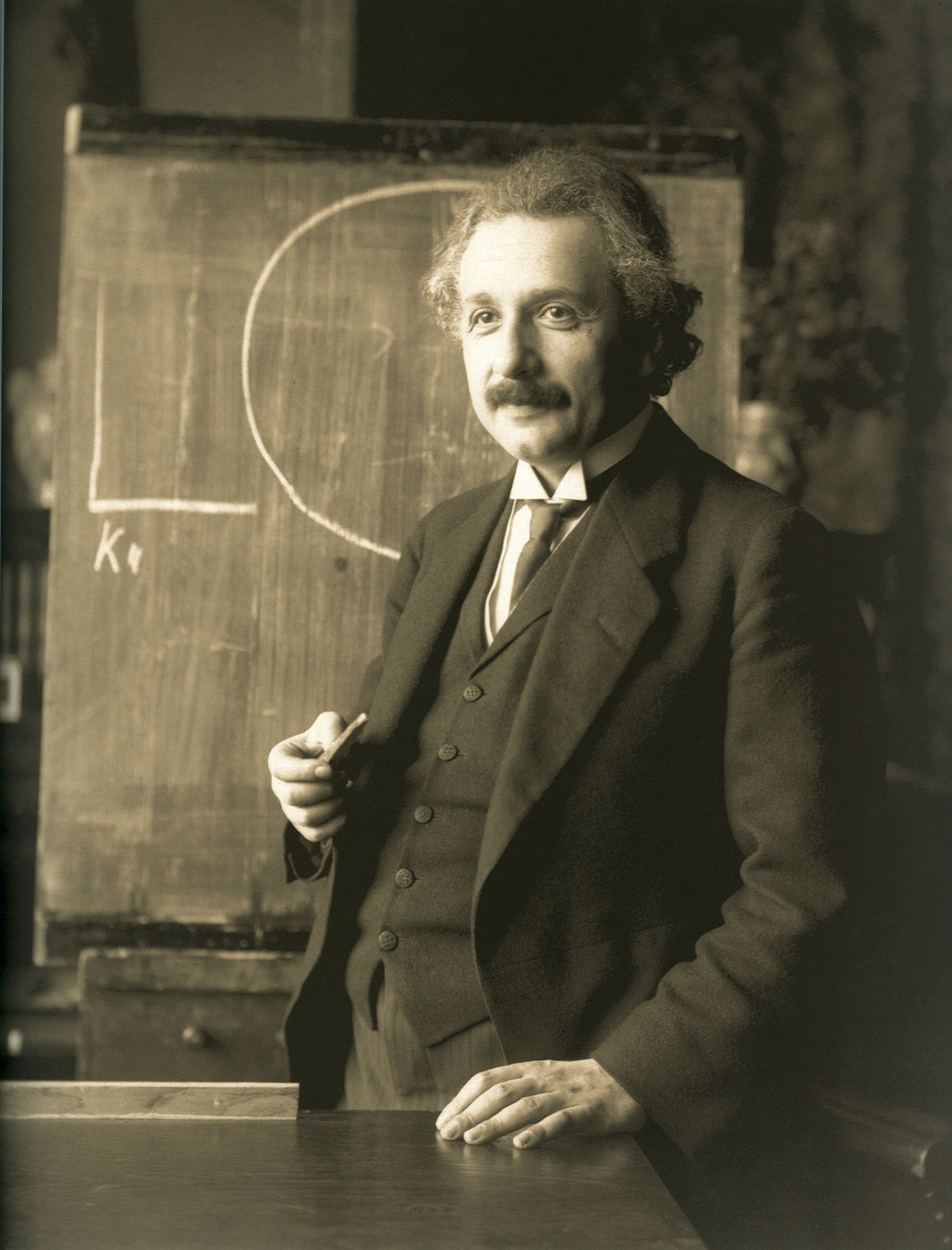IQ Tests history
First attempt to measure IQ was made in the middle of 19th century by Francis Galton. Later on, french psychologists Alfred Binet and Theodor Simon developed more successful one in 1905 called "Binet-Simon test". After this, Lewis Terman from Stanford University revised the Binet-Simon scale, which resulted in very popular test in 1916 called "Stanford-Binet intelligence scale".
During World War I, there were a need in intelligence tests for military selections. As a result, it was a first mass-written intelligence test made by Robert Yerkers with 1.75 million men tested.
In 1930s there was an argue between different psychometricians about models of intelligence (Read more in article Models of intelligence). That all led to a creation of a new intelligence test by David Wechsler in 1939. Wechsler Intelligence Scale were revised and developed several times. From 1960s till now, Wechsler test is the most popular in America.
In 1941 Raymond Cattell proposed his own concept of general intelligence, which was revised by John L. Horn in 1966 and redeveloped in 1993 by John B. Carroll, creating Cattell-Horn-Carroll theory. To add, Raymond Cattell developed his own IQ test called "Cultutre Fair Intelligence Test".
Nowadays, we have lots of different IQ test, but there are two ther tests which are quit popular today. First one, is "Raven's Advanced Progressive Matrices", firstly developed in 1936 under the name "Raven's Progressive Matrices" by John C. Raven. And second one, is a new intelligence test, which was created in the 1990s by Alan S. kaufman called "Kaufman Brief Intelligence Test".
So, you can see that history of testing intelligence started a bit more than 100 years ago. During this period of time a lot of tests and theories were created and revised.
